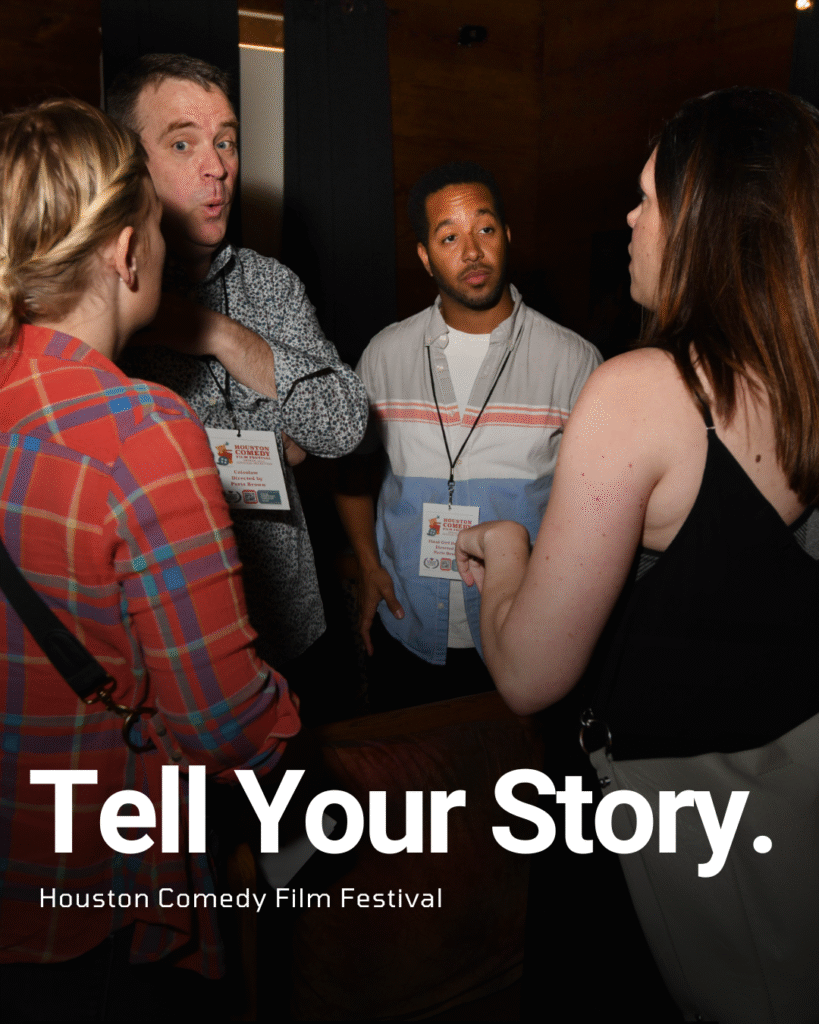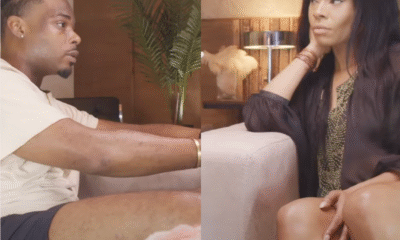Entertainment
The Best Strapless Bras to Support Larger Busts on August 13, 2023 at 3:45 pm Us Weekly
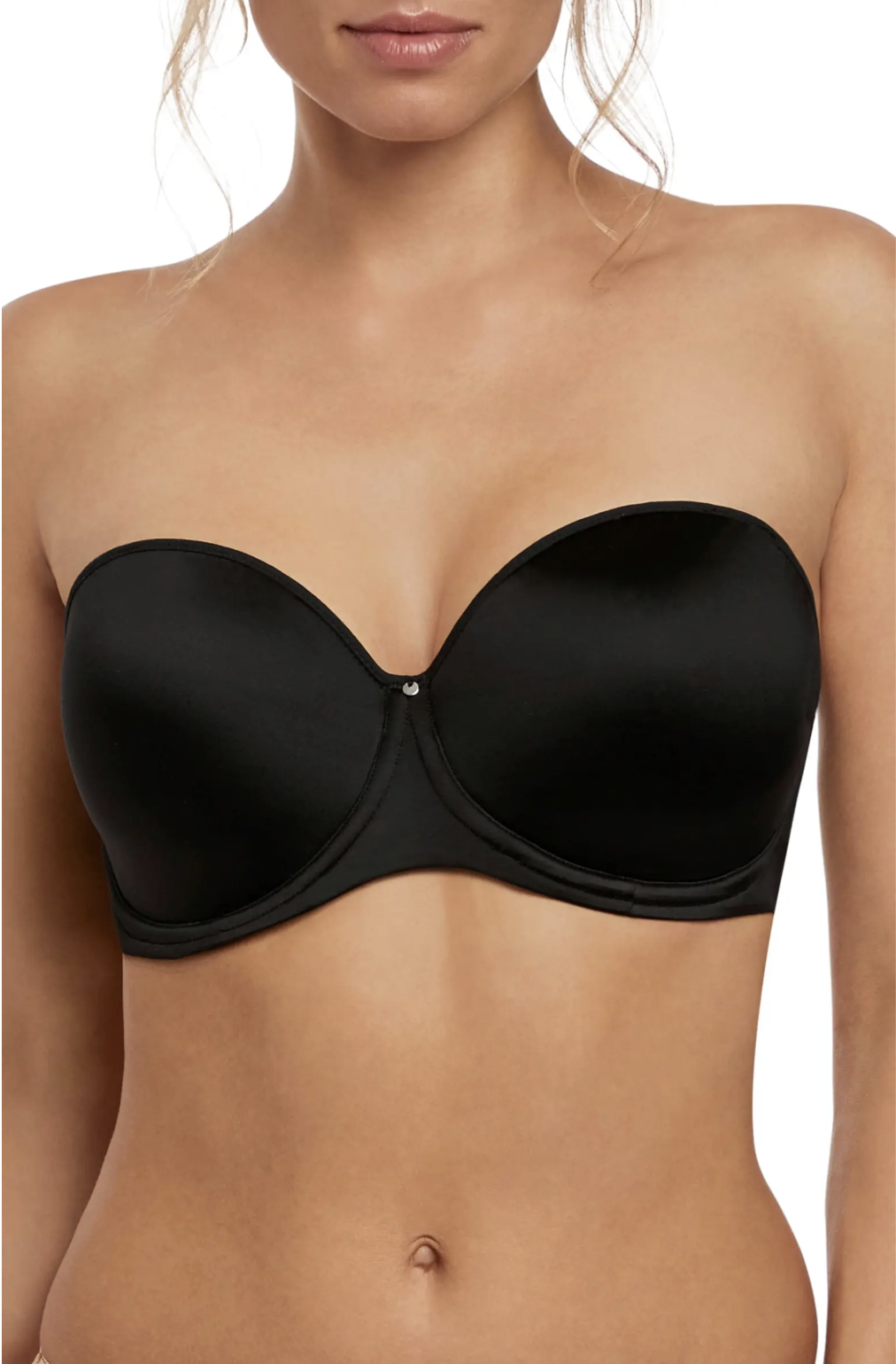
Us Weekly has affiliate partnerships so we may receive compensation for some links to products and services.
Editor’s note: Article updated on March 7, 2023.
We all have different bras that we wear for different occasions, but our favorite styles are usually strapless ones! Even when we aren’t wearing an outfit with a halter neckline or an off-the-shoulder silhouette, strapless bras can feel a lot more comfortable than options with straps. Not having that extra tightness on the shoulders is an absolute blessing!
The problem with strapless bras is that they can come with their own set of issues — the most prominent one being that they often fall down and don’t provide the right amount of support. That issue becomes a much bigger problem with larger busts and makes finding the right strapless bra a bit harder. Luckily, we have some tips so you can find your perfect fit!
What Should I Look for When Shopping for a Strapless Bra?
First, consider what type of bra you’re in the market for. Do you need a basic style that can be worn with anything — or a specialty bra which offers different details for specific garments? A feature that all strapless bras should have are no-slip grips along the seams to keep the bra in place. But if they don’t have this handy characteristic, thicker waistbands are just as great.
Once those focal points are settled, the rest is up to you! You may not even know what exactly will fit your individual needs, in which case we’ve compiled a helpful roundup of different strapless bras for you to shop below. Read on for more!
13 Strapless Bras That Are Supportive for Larger Busts
Fantasie Aura Convertible Strapless Underwire Bra
Fantasie Aura Convertible Strapless Underwire Bra Nordstrom
This bra has all of the features that are most important when looking for a strapless style. The cups and outline of the bra have rubber grips for a secure fit, which is enhanced by the wider side straps and back. The feel of this bra is fab according to shoppers — and most importantly, totally worth the investment!
Pros
No-slip gripping
Wide size range for larger sizes
Smoothing design
Cons
Fewer customer reviews
Available at: Nordstrom
On Gossamer Beautifully Basic Strapless Underwire Bra
On Gossamer Beautifully Basic Strapless Underwire Bra Nordstrom
If a date night bra is what you’re after, this may be the best one! The neckline plunges down, which is excellent for low-cut tops or dresses — and the lace details on the main strap give it a romantic feel. Shoppers adore the cleavage they get with this bra, and confirm that it does stay in place — even at an all-day event like a wedding (see also: strapless bras for wedding dresses)!
Pros
Added lift
Lace details
Low cut
Cons
More limited sizing
Slightly more expensive
Available at: Nordstrom
MISS BODY Women’s Adhesive Bra
Amazon
The key detail that sets this bra apart is the clear strap on the sides, which can come in handy if you have a cut out top! Even when you wear a nude bra, the strap on the side can be bothersome — but this bra takes care of that thanks to its design.
Pros
Clear side strap
Push-up bra
Washable
Cons
May run large
Available at: Amazon
Wacoal Women’s Red Carpet Strapless Bra
Wacoal Women’s Red Carpet Strapless Bra Amazon
As far as support and comfort are concerned for all cup sizes, this bra may take the cake! It comes in an impressive size range that goes all the way up to H, and shoppers who have especially larger busts claim this is one of the best strapless styles they have ever tried.
Pros
Incredible size range available
Simple, comfy fit
Cons
May be a bit pricy for some
Available at: Amazon
Wingslove Women’s Strapless Full Figure Bra
Wingslove Women’s Strapless Full Figure Bra Amazon
The size range and the affordable price point is what first brought this bra to our attention! Shoppers report that it’s one of the best strapless bras that they’ve ever owned! It also comes with straps that you can wear in multiple different ways, so this bra can truly do it all.
Pros
Multiway straps included
Great size variety
Positive customer feedback
Cons
Sizing may be tricky
Available at: Amazon
Niidor Adhesive Bra Strapless Sticky Bra
Niidor Adhesive Bra Strapless Sticky Bra Amazon
This may not be your traditional bra, but it can certainly come in handy! It’s totally backless and sticks to your chest with the adhesive that’s built into the cups. It does give you cleavage, and it’s also reusable with the right cleaning and maintenance.
Pros
Backless design
Reusable
Weightless feeling
Cons
Looses grip over time
Available at: Amazon
DELIMIRA Women’s Jacquard Bandeau Underwire Minimizer Strapless Bra
DELIMIRA Women’s Jacquard Bandeau Underwire Minimizer Strapless Bra Amazon
This bra is specifically designed to help make the chest appear smaller, which may come in handy if you have a larger chest. The cups are unpadded but still offer coverage that looks smooth and sleek underneath clothes. The side straps are wide and supportive, and shoppers note how comfy it is. Meet your new go-to everyday strapless!
Pros
Smoothing and minimizing effect
Vast size range
Multiple colors available
Cons
May run small
Available at: Amazon
SPANX® Up for Anything Strapless Bra
If a no-fuss bra is what you’re looking for, this is the perfect one to buy. It’s a wardrobe staple that’s simple, comfortable and supportive. The thicker band in the back provides added comfort and support, plus the design ensures that you have a smooth look if you’re rocking a tight dress or top.
Pros
Thicker waistband
Simple supportive design
Smoothing material
Cons
Slightly pricier
Available at: Nordstrom
Bliss Natori Perfection Strapless Underwire Bra
If you have a piece with a lower back that you want to wear without an awkward strap peeking out, this bustier is a dream! The back dips low but the overall design still gives your chest the lift and support it needs. You could even try wearing it on its own as a top with the right high-waisted bottoms for a sultrier look!
Pros
Structured design
Low back
Wide size range
Cons
Fewer customer reviews
Expensive
Available at: Nordstrom
DELIMIRA Women’s Slightly Lined Lift Bra
DELIMIRA Women’s Slightly Lined Lift Bra Amazon
It’s rare that you find a single bra that fits just about every shopper, but this may be the one! It comes in a large range of sizing in both cup and bands, plus the basic design makes it a go-to daily bra that looks flawless underneath nearly any garment.
Pros
Massive size range
Comfortable fit
Affordable price
Cons
Sizing may be tricky for some shoppers
Available at: Amazon
Boao Women’s Bandeau Bra Set
Boao Women’s Bandeau Bra Set Amazon
We wanted to include one lounge bralette like this one to wear around the house if you don’t need the same lift and support as an underwire style. These bras are a massive hit, and with the price of the trio, each one rings in less than $10 — depending on the size and color combo you choose!
Pros
Extra comfortable and stretchy
Super affordable
Wide size range
Cons
May be less supportive
Available at: Amazon
Elomi Smooth Full Figure Strapless Underwire Bra
This particular bra is made for fuller busts and it boasts all of the bells and whistles necessary for great support! For a lot of larger cup sizes, finding a strapless bra that works is tough — but shoppers say they have finally met their match with this option. The design is ultra-smoothing and the band is thick enough to hold everything in place!
Pros
Built for larger busts
Smoothing design
Comes with attachable straps
Positive feedback
Cons
Expensive
Fewer customer reviews
Available at: Nordstrom
Wherewithal The EveryWhere Underwire Front Closure Strapless Bra
This strapless style is particularly unique because it’s probably the first time we’ve ever seen one that closes this beautifully in the front! There are adjustable straps in the back which let you make the waistband tighter and looser as needed, which is definitely the standout feature — plus shoppers say the support is top-notch.
Pros
Adjustable waistband
Three colors to choose from
Super secure fit
Cons
Few customer reviews
Expensive
Sizing is different, which may be tricky
Available at: Nordstrom
Still haven’t found what you’re looking for? Check out these related product articles below:
Best Plus-Size Swimwear 2022: Our Favorite Flattering One-Piece & Two-Piece Swimsuits
Best Strapless Bras for Wedding Dress
The Absolute Best Lululemon-Style Leggings for Yoga, Running and More
Check out more of our picks and deals here!
This post is brought to you by Us Weekly’s Shop With Us team. The Shop With Us team aims to highlight products and services our readers might find interesting and useful, such as wedding-guest outfits, purses, plus-size swimsuits, women’s sneakers, bridal shapewear, and perfect gift ideas for everyone in your life. Product and service selection, however, is in no way intended to constitute an endorsement by either Us Weekly or of any celebrity mentioned in the post.
The Shop With Us team may receive products free of charge from manufacturers to test. In addition, Us Weekly receives compensation from the manufacturer of the products we write about when you click on a link and then purchase the product featured in an article. This does not drive our decision as to whether or not a product or service is featured or recommended. Shop With Us operates independently from the advertising sales team. We welcome your feedback at ShopWithUs@usmagazine.com. Happy shopping!
If you’ve been on the hunt for the perfect strapless bra that doesn’t fall down, we found the best ones that are comfortable and stay put — details
Us Weekly Read More
Entertainment
Kim and Kanye’s Daughter North West Faces Criticism Over Her Tattoos

North West, the 12-year-old daughter of Kim Kardashian and Kanye West, is under the spotlight once again — this time for showing off a collection of tattoos that set social media on fire. In recent photos and videos circulating online, North was seen with several arm designs, including tributes to her parents and fashion-inspired symbols. While fans were quick to admire her bold style, not everyone was impressed.
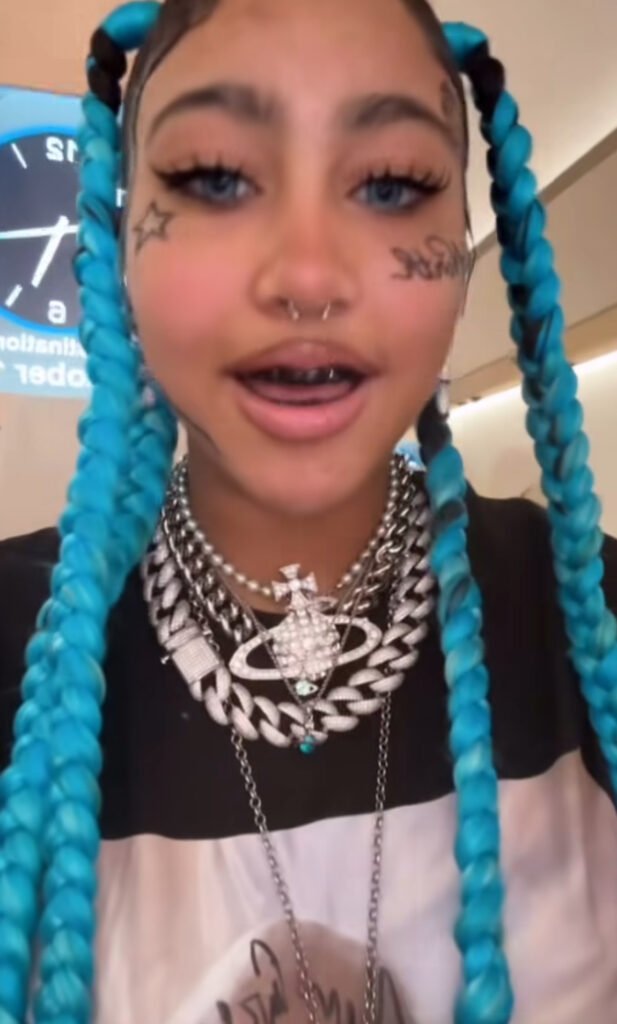
Critics argue that the tattoos — even though they appear to be temporary — are another example of celebrity children being pushed into adult trends too early. Comments flooded social media platforms, with some users saying Kim allows North too much freedom, while others defended the reality star’s parenting approach, praising her for letting her daughter explore creativity and self-expression.
“Kids should be kids,” one commenter wrote, reflecting a broader sentiment among parents online. Meanwhile, supporters pointed out that North comes from one of the most fashion-forward families in the world and that experimenting with style is part of her upbringing.
Kim Kardashian has not directly addressed the controversy, but she has often spoken about encouraging her children to express themselves authentically. North, already known for her viral TikTok appearances and fashion collaborations, seems unfazed by the criticism.
At just 12, North West continues to blur the lines between youth culture and celebrity identity — reminding the public that in the Kardashian–West household, individuality isn’t just allowed, it’s celebrated.
Entertainment
Jennifer Lopez’s Ex Fires Back: “You Are the Problem”

Ojani Noa Accuses J.Lo of Cheating After “Never Been Loved” Comments
Jennifer Lopez is once again at the center of a media storm — but this time, it’s her first husband, Ojani Noa, turning up the heat. Following Lopez’s recent Howard Stern Show interview, in which she claimed she has “never been truly loved” by any of her exes, Noa has publicly accused the superstar of cheating and playing the victim.
In the viral Instagram post that has now spread across major outlets like TMZ and New York Post, Noa didn’t hold back.
“Stop putting us down. Stop putting me down with your victim card,” he wrote. “The problem is not us. Not me. The problem is you. You’re the one who couldn’t keep it in your pants.”
“You Chose Fame and Lies Over Love”
Noa and Lopez were married briefly from 1997 to 1998, before her rise to Hollywood superstardom. In his explosive statement, he accused her of being unfaithful during their marriage, claiming she prioritized fame over their relationship.
“You have been loved a few times. You’ve been married four times. And have had countless relationships in between,” Noa continued. “You decided to lie, to cheat on me. You begged me to keep the marriage intact to avoid bad press.”
Noa described himself as “faithful, honest, and loving,” saying he uprooted his life and career to support Lopez at the beginning of her entertainment journey. “I left my family, my friends, everything behind for you,” he wrote, “but once fame came calling, you left me behind.”
Lopez Silent Amid Growing Backlash
As of now, Jennifer Lopez has not publicly responded to Noa’s allegations. During her Howard Stern interview, the singer and actress claimed her former partners “weren’t capable” of loving her, saying, “It’s not that I’m not lovable… it’s that they’re not capable.”
Her remarks were widely interpreted as referencing all of her ex-husbands — including Marc Anthony, Cris Judd, and Ben Affleck — but it was Noa who reacted first and most forcefully. His comments have ignited widespread debate online, with many questioning whether Lopez’s honesty came at the expense of others’ reputations.
Public Response and Media Fallout
The online reaction has been intense, with social media users split between defending Lopez’s right to share her truth and blasting her for allegedly rewriting history. Meanwhile, entertainment analysts note that the controversy adds to an increasingly turbulent year for the singer, following canceled tours, underperforming films, and ongoing scrutiny over her marriage to Affleck.
This latest backlash has also reignited conversations about Lopez’s highly publicized romantic history. As tabloids and fans speculate whether more exes might respond, the situation underscores an old truth in celebrity culture — that every candid confession comes with consequences.
For now, Jennifer Lopez remains silent. But in the court of public opinion, the debate about who’s really at fault in her love story is only just beginning.
Entertainment
Selling Your Soul in Hollywood: The Hidden Cost of Fame
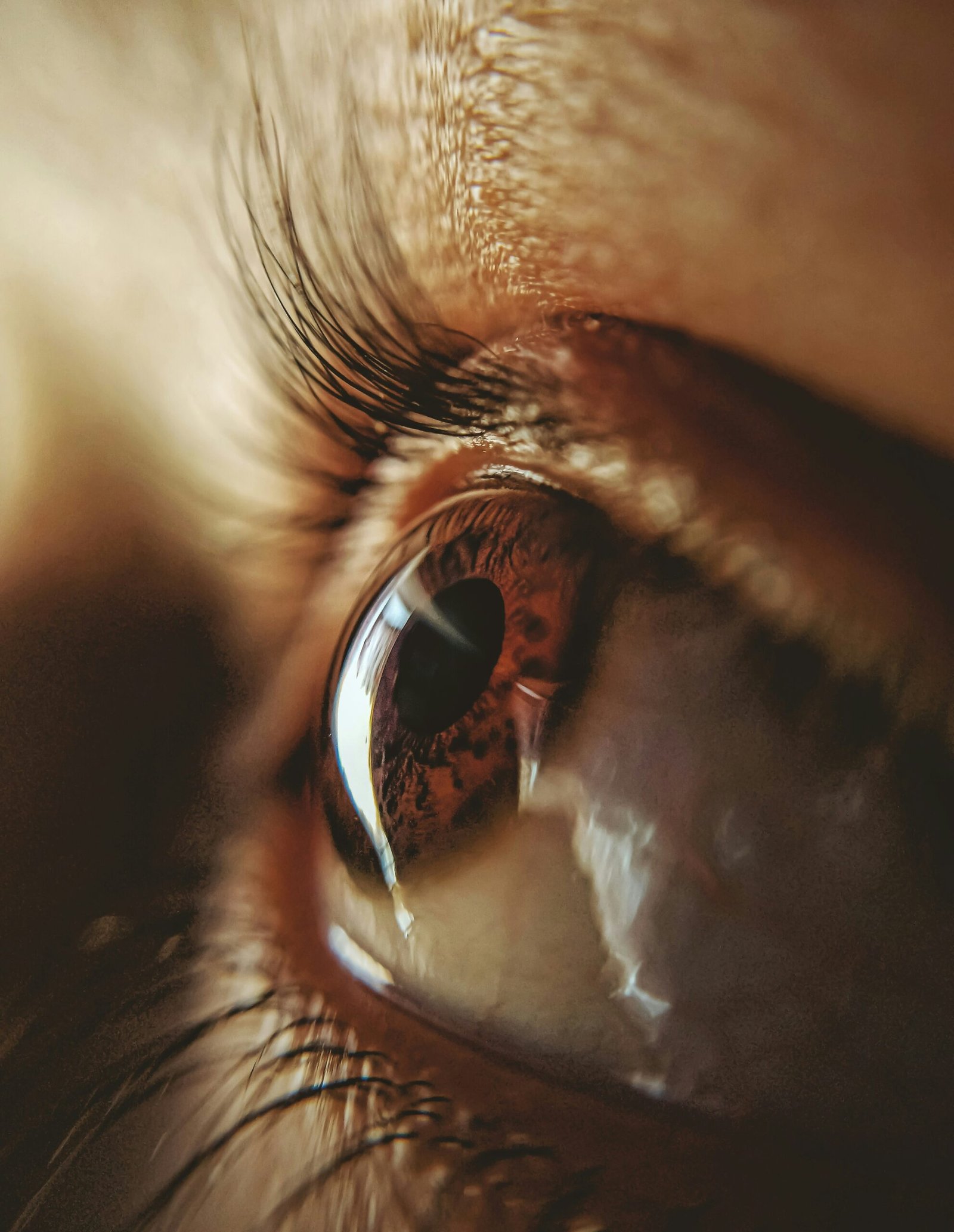
By all appearances, Hollywood is a dream factory — a place where charisma, talent, and luck collide to create stars. But behind the camera lights and red carpets lies a conversation few inside the industry speak openly about: the spiritual and moral price of ambition.
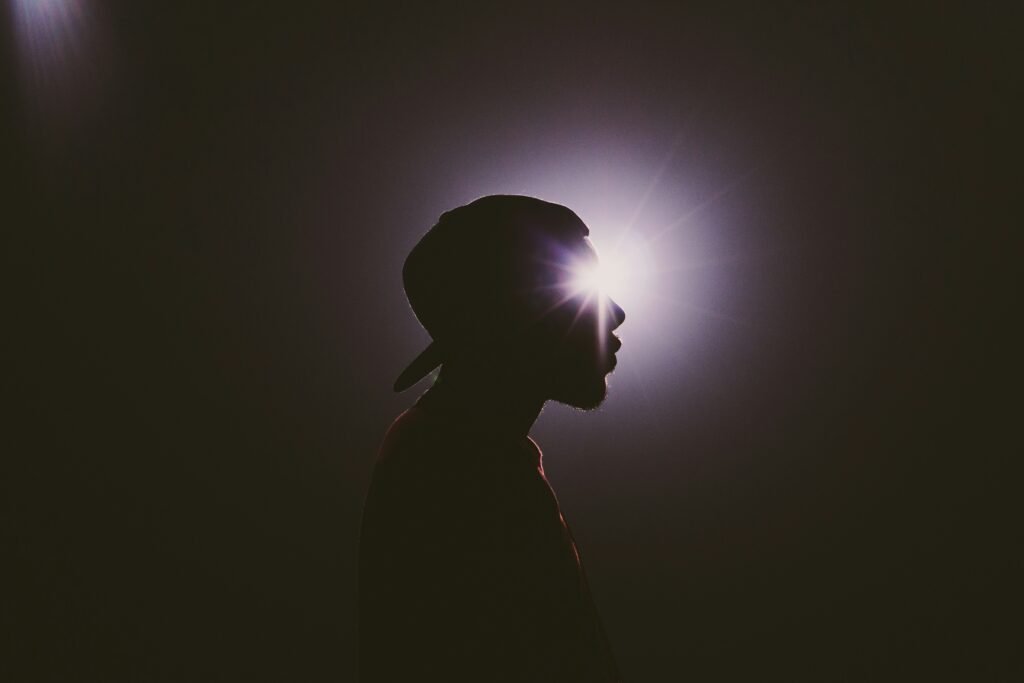
For actor Omar Gooding, the idea of “selling your soul” in Hollywood isn’t a metaphor — it’s a moral process that begins with tiny compromises. In an October 2025 interview, Gooding explained that no one in Hollywood makes a literal deal with the devil. Instead, it’s the quiet yeses, the moments when comfort overrides conviction, that mark the beginning of the trade. “They don’t say, ‘Take this or you’ll never make it,’” he said. “They just put it in front of you. You choose.”
Those choices, he argues, create a pattern. Once you show that you’ll accept something you once resisted, the industry notices. “Hollywood knows who it can get away with what,” Gooding said. “One thing always leads to another.” The phrase “selling your soul,” in this context, means losing your say — doing what you’re told rather than what you believe in.
That moral tension has long shadowed the arts. Comedians like Dave Chappelle, who famously walked away from millions to preserve his creative integrity, often serve as examples of where conviction and career collide. In resurfaced interviews, Chappelle hinted that he felt manipulated and silenced by powerful figures who sought control of his narrative, warning that “they’re trying to convince me I’m insane.”
This isn’t just about conspiracy — it’s about agency. Hollywood runs on perception. Performers are rewarded for being agreeable, moldable, entertaining. Those who question the machine or refuse the script risk exile, while those who conform are elevated — sometimes beyond what they can handle.
“We see the ‘collections’ all the time,” Gooding explained. “When the bill comes due, you can tell. They made that deal long ago.”
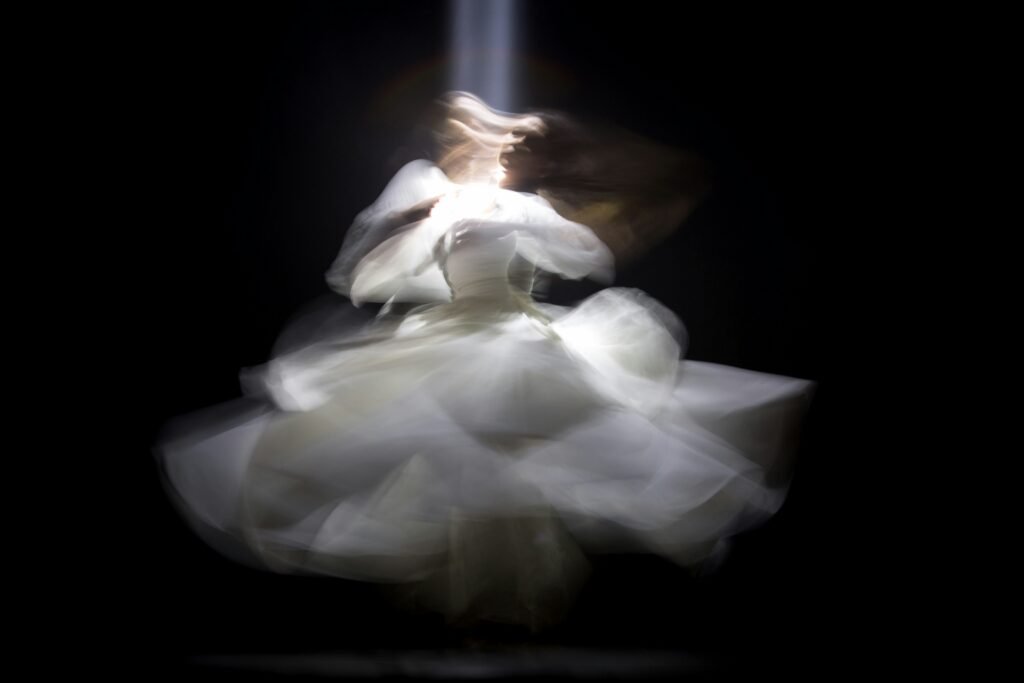
But the story doesn’t end in darkness. Gooding also emphasizes that in today’s entertainment landscape, artists have more control than ever. With streaming, social media, and creator‑driven platforms, performers don’t have to “play the game” to be seen. Independent creators can build their own stages, speak their own truths, and reach millions without trading authenticity for access.
Still, the temptation remains — recognition, validation, quick success. And every generation of artists must answer the same question: What are you willing to do for fame?
As Gooding put it, “You just make the best choices you can. Because once it’s gone — your name, your peace, your soul — there’s no buying it back.”

 Entertainment4 weeks ago
Entertainment4 weeks agoExecutive Producer Debut: How Celia Carver Created Festival Hit ‘Afterparty’

 Business3 weeks ago
Business3 weeks agoWhy Are Influencers Getting $7K to Post About Israel?

 Health4 weeks ago
Health4 weeks agoWhy Did Gen Z QUIT Drinking Alcohol?

 Advice4 weeks ago
Advice4 weeks agoHow AI Is Forcing Everyone Into the Entrepreneur Game

 Entertainment3 weeks ago
Entertainment3 weeks agoKeith Urban and Nicole Kidman Split After 20 Years as Actress Files for Divorce

 Entertainment3 weeks ago
Entertainment3 weeks agoTilly Norwood’s Rise Stirs Controversy

 News3 weeks ago
News3 weeks agoHow a Government Shutdown Could Hit Your Life and Wallet

 Entertainment3 weeks ago
Entertainment3 weeks agoWhy Did Dakarai Trash His NBA Letters?




